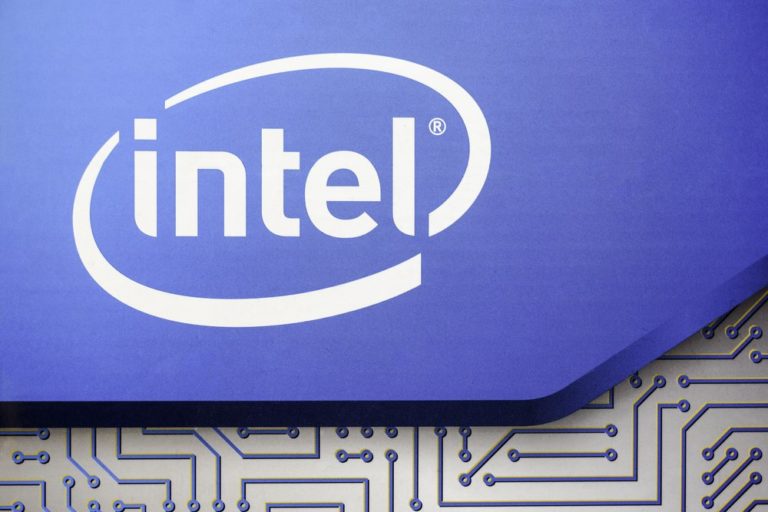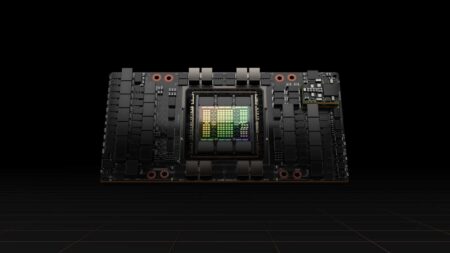Currently, there is a worldwide shortage of processors for computers. Most likely for that reason, Intel today announced that it is investing 1 billion U.S. dollars in its chip factories, in an attempt to increase production.
The investment will be spread over three plants: in Ireland, Israel and the United States. This also brings Intel close to the $15 billion it would have liked to invest in its production facilities. In addition, it will in this way reassure the manufacturers of computers, as well as investors. The concern was that the sector could not keep up with the growing sales of computers.
Keep up with demand
Data from research firm Gartner show that global computer supplies have increased for the first time since 2012. Intel, which produces a large proportion of the processors in laptops and desktops, responded to the declining demand for computers (and thus also its chips) by prioritizing other products. For example, the lake produced the Xeon server chips, on which the margins are also higher.
Intel is also trying to make a transition from 14-nanometer chips to newer and more advanced 10-nanometer chips. This transition is anything but smooth. The combination of these factors makes it difficult for Intel to keep up with the renewed demand for its processors.
Making progress
In a letter to investors, Bob Swan, Intel’s CFO and the interim CEO, announced that the company is making progress when it comes to the production of 10nm chips. He also states that the company now uses a customer-first approach, in which the supply must be more in line with the demand.
In addition, Swan writes that Intel is very likely to reach its expected turnover of $69.5 billion this year. This news, together with that around the investment, makes that the Intel share price has risen considerably: they are now worth three percent more. However, the value of AMD’s competitor has fallen by five percent.
This news article was automatically translated from Dutch to give Techzine.eu a head start. All news articles after September 1, 2019 are written in native English and NOT translated. All our background stories are written in native English as well. For more information read our launch article.
















